The white Porsche 911 angles into the turn. It’s a quick corner, top end of third gear, but instead of gently coaxing it into the apex, managing its mass and keeping the loaded tyres within the circle of adhesion where longitudinal and lateral forces haggle eternally for grip, the driver sharply lifts and then flattens the throttle. Instantly the car is sideways.
It wants to spin, but the driver catches the fast-moving tail with the steering. But no attempt at recovery is made. Instead the foot stays down, the tail stays out, now towing a ball of super-heated, atomised rubber particles. Yet it still finds the apex and still finds the exit before snapping straight and howling away up the straight beyond. A few minutes later its driver brakes the car to a halt in the pit lane, lowers the window and says to anyone listening: “That is what I call handling.”
And I suspect neither you nor I would have much truck with that. But just because it’s true doesn’t mean that’s the whole truth or, as I shall seek to show, even very much of it. What follows is my attempt to describe what handling actually is – and for the most part it has very little to do with the terrible twins of oversteer and understeer – and what qualities need to be engineered into a car in order to provide it.
At its heart, handling is not measured by a car’s ability to powerslide until its tyres melt but by something far more simple and precious: the ability of a car to execute the instructions of its driver.
If that sounds like a statement of the obvious, then you are one up on those chassis engineers the world over whose efforts fail in this simplest regard. To see what I mean, take your car to a quiet roundabout, apply what you judge to be the requisite steering lock to negotiate it and don’t move your hands. Normal road speed is fine. Does it go where you thought you’d pointed it? If so, can you continue to lap said constant-radius roundabout without moving the steering wheel? If the answer to either question is ‘no’ then your car is not going where you want it to. It is not executing your instructions.
![]()
You’d be amazed by how many cars cannot perform this apparently simplest of tasks. When I first started doing this job more than 30 years ago, I was tutored in precisely this phenomenon by none other than former Formula 1 driver, Jim Clark team-mate and Autocar columnist John Miles; I was staggered by how imprecise and inaccurate most normal road cars were. Over the years that followed cars did get a lot better as chassis structures gained rigidity, suspension became more sophisticated and tyre sidewalls flexed less, but in this modern era of electric steering systems, where traditional ‘feel’ has been largely eradicated, combined with variable-ratio racks that give varying outputs to the same input according not only to steering angle but also and often to road speed, knowing exactly where you’re pointing a tonne-and-a-bit of fast-moving metal is in fact becoming harder once again.

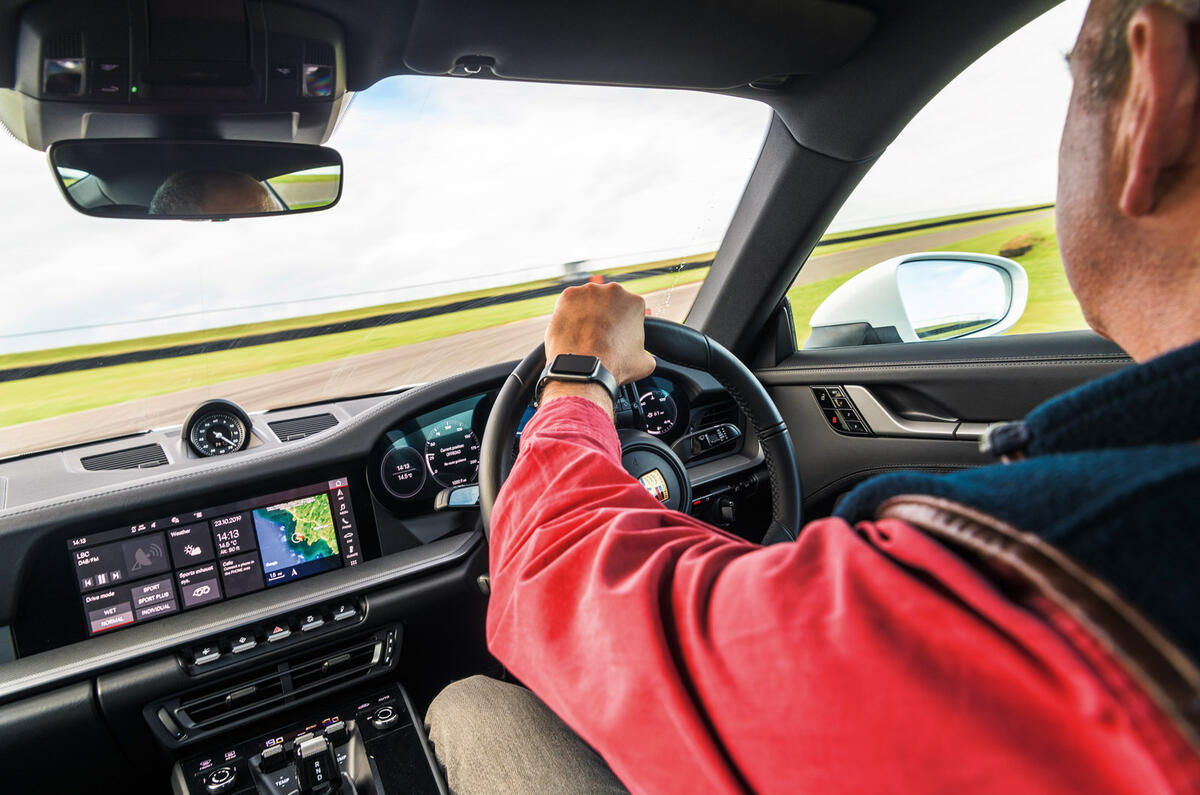
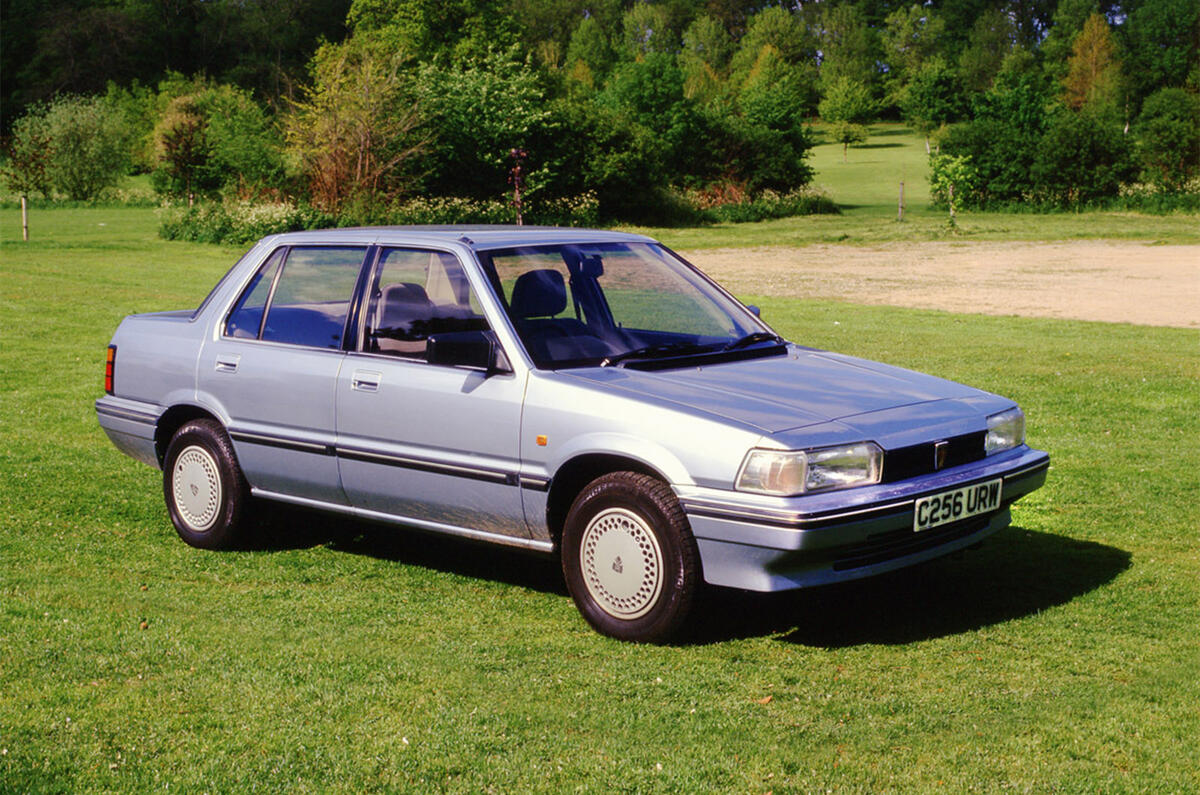
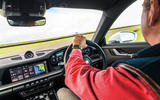


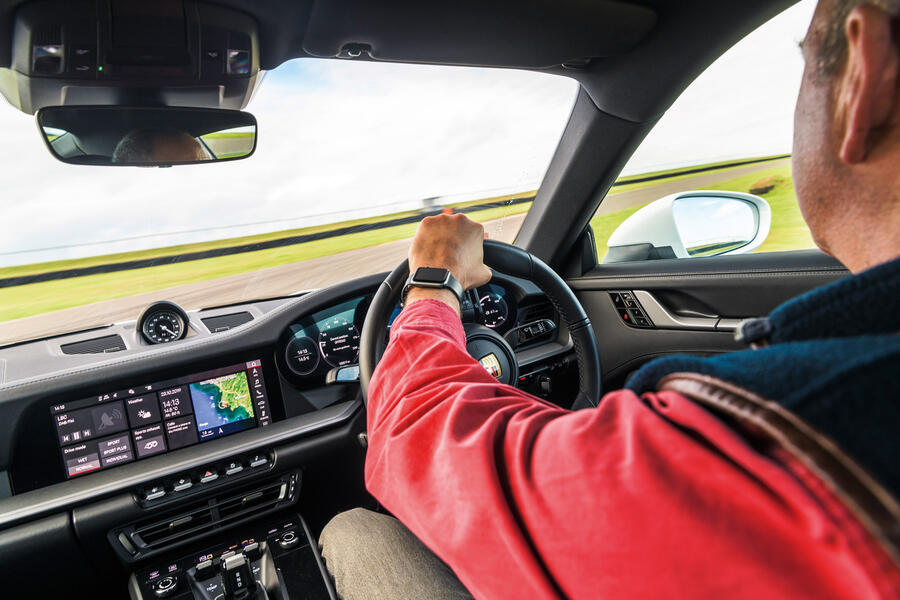
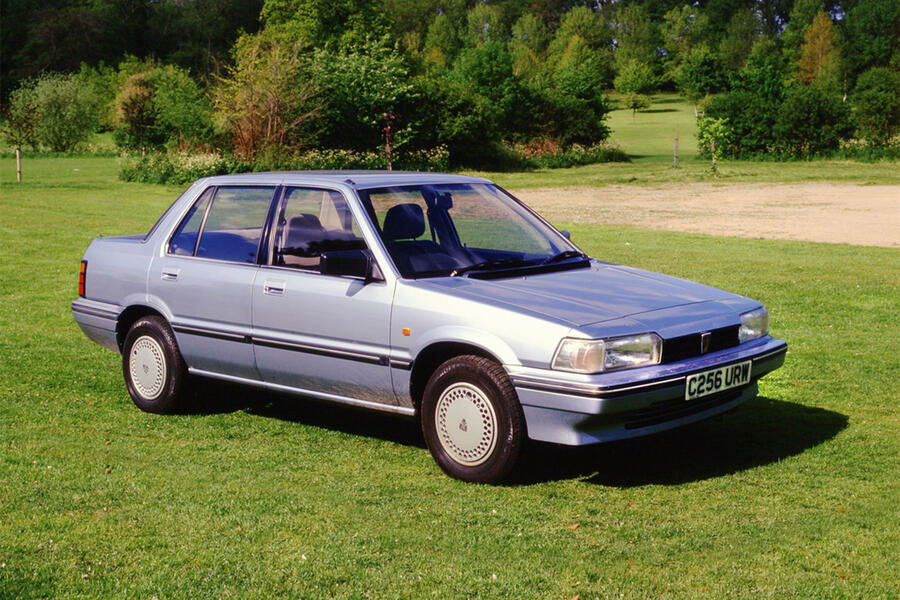

Join the debate
Add your comment
John MIles and handling
I have had the privilege of listening to John Miles give his "fundementals of vehicle dynamics (without maths) " talk.
An amazing guy and sadly missed. One of his "stories " was about sorting the handling of very expensive high power GT car using the motorway slalom test - a swerve out of and back into lane at 70mph or so. The car was horibbly imprecise with a sort of tank slapper behaviour. The reason - the huge rear exhaust boxes were softly mounted for NVH so swung 50Kg or so left and right way behind the rear wheels. Better mounts fixed it. I think only skilled engineers doing real road testing can find that sort of problem.
Incidently one of John's fellow enginers at Multimatic also gave a talk and explained that most road cars have the best overall grip on th "comfort " damper setting. The "sports " setting is just to make everything jerkier so people ( and road testers?!) think its got " iron body control" . It probably has but at the expense of properly controling the wheels so they actualy staying on the road at all times!
And still they fall for the biggest con in motoring....
Porsche. Their handling is complete sh1t. Don't be fooled otherwise, especially if the article concerned never actually mentions polar moment of inertia. For years they banged on about perfect 50-50 weight distribution, because it was the only thing their dangerous products had going for them, while they tacitly admitting their guilt by using expensive magnesium crankcases and different front:rear tyre sizes. But I guess Porsche have told everyone loud enough, for long enough, that some people end up believing it.
Clarkson coined a term back